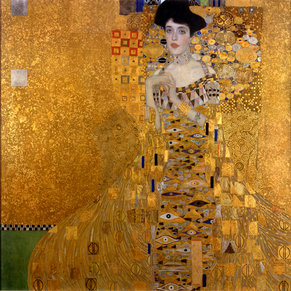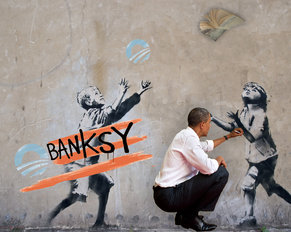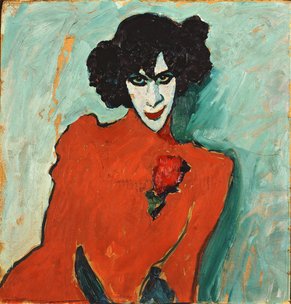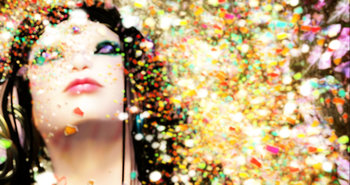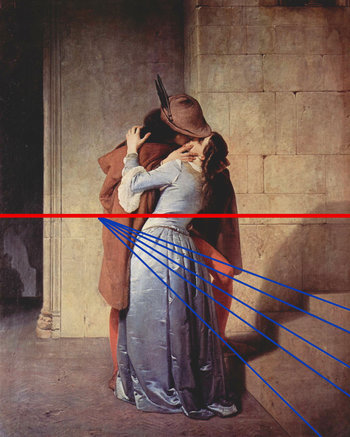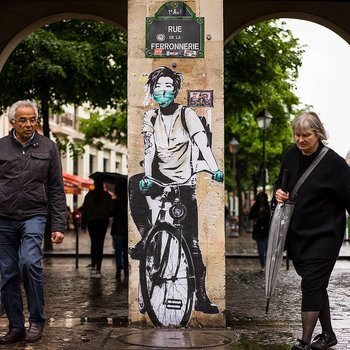
Realism Movement
A major art movement from 1840 to 1900 that was largely a rejection of romanticism that glorified emotion, individualism, history and nature. Realism emerged in France with artists such as Gustave Courbet who depicted contemporary life in unidealized detail. Realism often depicted the harsh realities of ordinary life including the lives of peasants and the working class. It often had political undertones.
American Realism
A 19th movement of American art that mirrored the French realist movement. American realist art innovated by depicting everyday life and struggle in grand works that were historically reserved for religious or historical paintings.
Caravaggio
Realism wasn't invented in France in the 19th century but is rather a feature of the earliest art as cave drawings were likely an attempt to display the world as it exists. Prior to the 19th century, realism was associated with the Italian painter Caravaggio and the many painters who were influenced by him in the late 16th century. These artists depicted religious and historical scenes that were previously heavily idealized with psychological and emotional realism.
Classical Realism
Classical realism is a term for any modern work based on realistic depictions inspired by the art and culture of classical antiquity. This differs from the mainstay of realism that tends to depict contemporary scenes. Classical realism is imagined but attempts to create a realistic looking scene for subject matter that has been historically colored by ideology or glorification of the past.
Illusionistic Realism
Illusionistic realism uses perspective to pull the audience into a work to make them feel that it is real. This can be viewed as an early type of immersive experience that was practiced as early as ancient Greece. Sculptures may be painted with realistic color to make them appear as real from a distance. Paintings use perspective to create a 3-dimensional feel or a technique known as anamorphic perspective that requires the audience to view a work from a particular spot to see something that is hidden from other viewing angles.
Photorealism
Paintings, drawings and sculpture that depicts the world as it physically exists including realistic colors, textures and light effects such that it resembles a photograph. In some cases, photorealism is also stylized to use the colors and effects produced by a camera. For example, photorealism of the 1960s tends to look like a photograph produced by film in this era.
Pseudorealism
Pseudorealism denotes the use of realist techniques to depict unrealistic scenes often for the purposes of propaganda. For example, socialist realism is largely viewed as pseudorealism as it often depicts an ideological message as opposed to real life.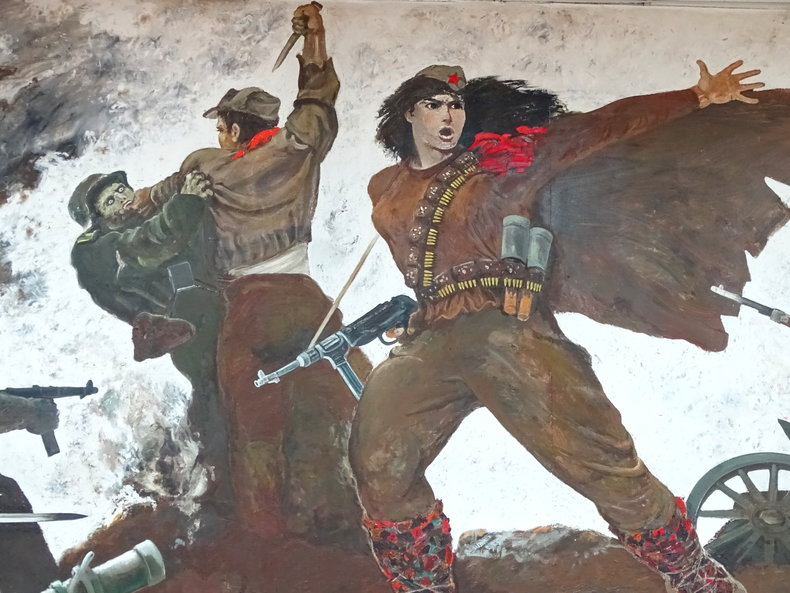
Pop Art
Pop art is an art movement that emerged around 1950 that challenges the conventions of fine art with images stylized after media, advertising, product design and comic books. It often takes realistic mundane objects and presents them in an ironic or poetic way. Pop art doesn't portray life realistically but rather presents media, advertising and comic book styles realistically. In this sense, pop art can be considered capitalist realism that critiques consumer society and modern media.
Contemporary Realism
Contemporary realism is a term for any art produced in the last 50 years that tries to depict the world as it really exists at the physical level as opposed to an ideological, social, emotional or imaginative level.
Hyperrealism
Hyperrealism is a level of realism in visual art that makes it possible for people to confuse what is real and unreal. This is associated with sculpture and immersive environments that simulate reality. Hyperrealism is a contemporary art form that makes use of new materials, tools and technologies.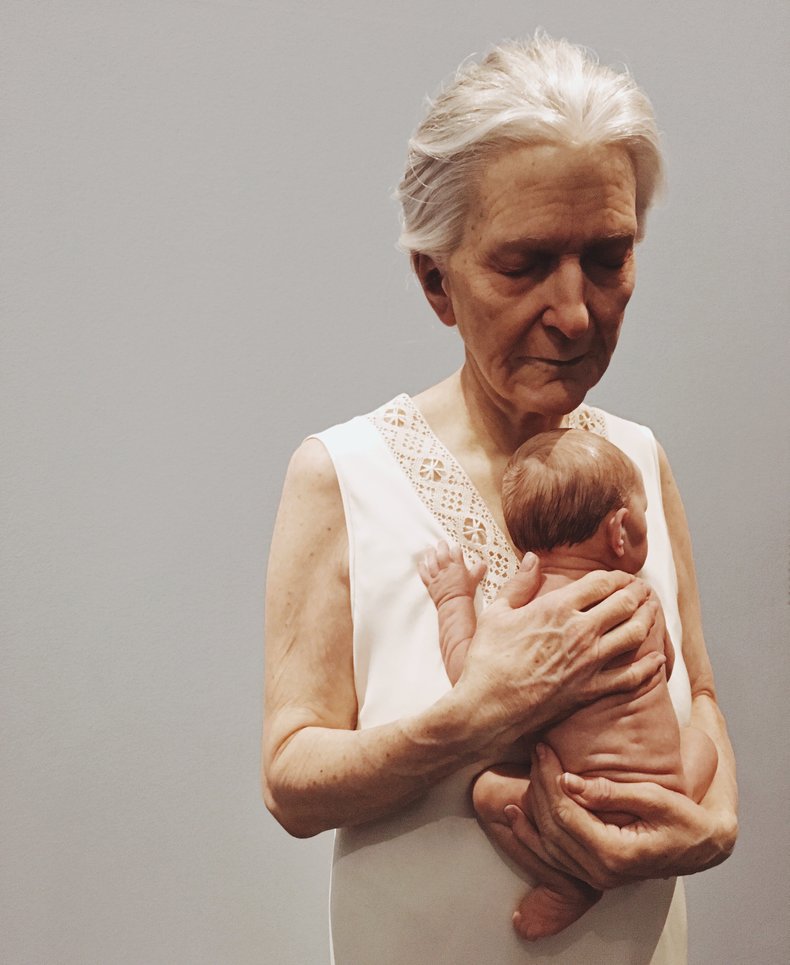
Street Photography
Cameras are sensors that capture the realities of light and map this to a color model. This doesn't mean that photography is always realistic as it can be used to create art that is surreal or otherwise abstracted. Realism in photography refers to attempts to capture people, objects and things in their candid state. For example, street photography that captures life in a city without any artificial elements or post processing.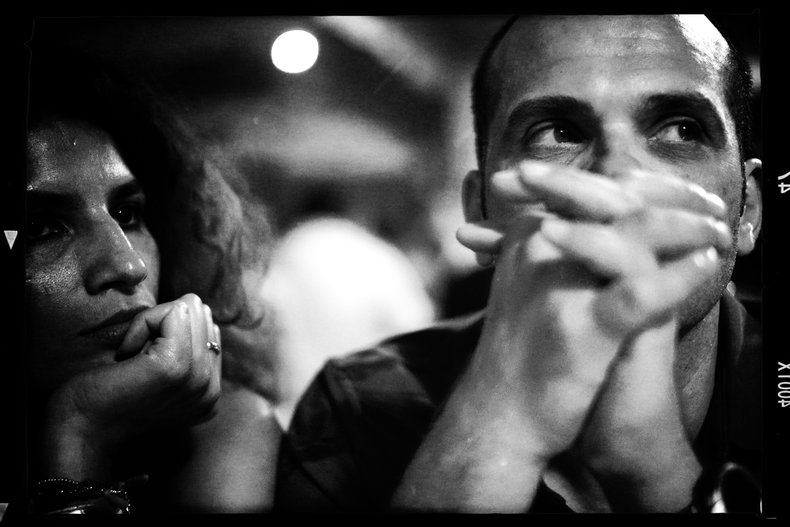
| Overview: Realism Art | ||
Type | ||
Definition | The practice of depicting the world as it really exists without the influence of imagination, idealism, ideology, emotion or style. | |
Related Concepts | ||


